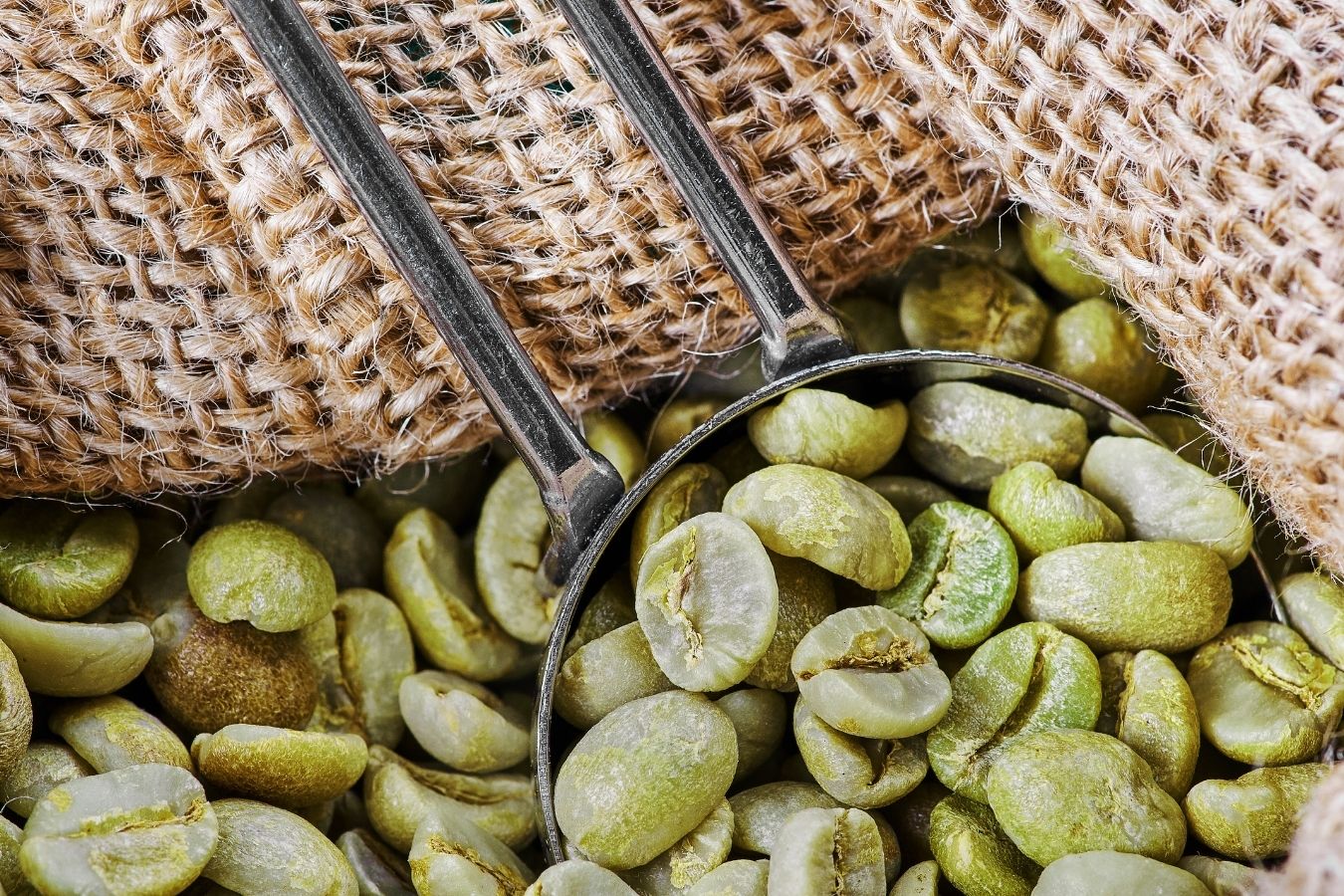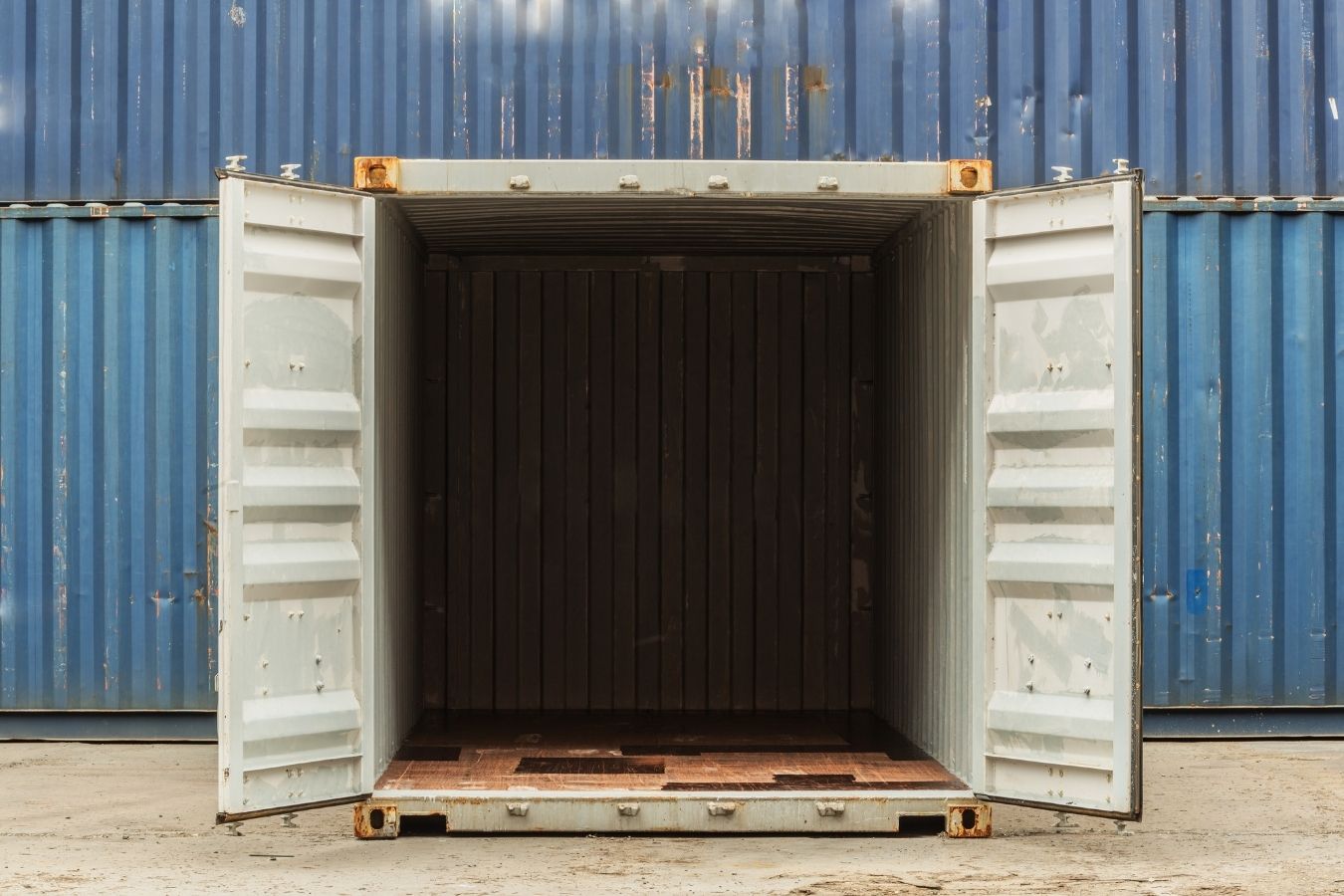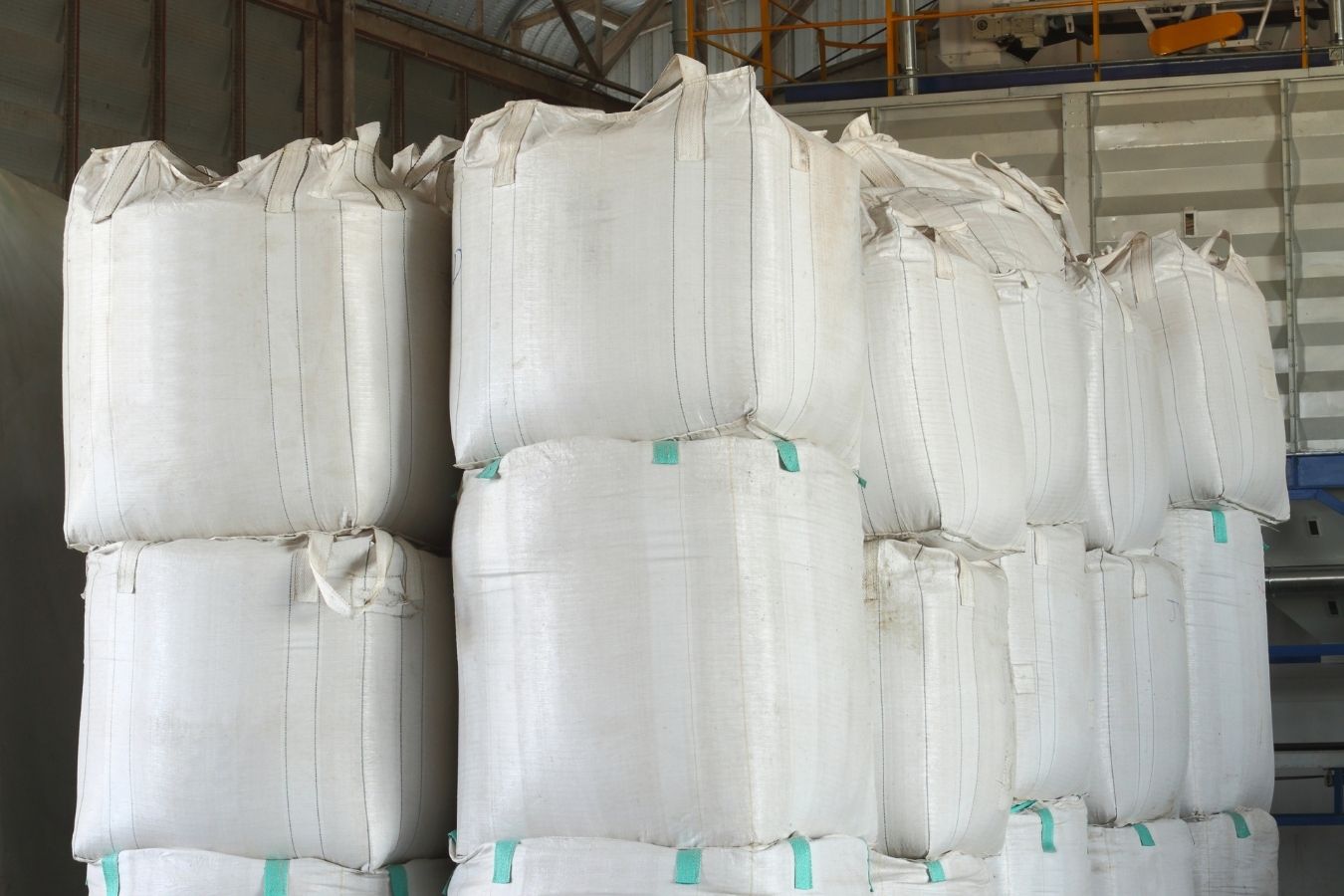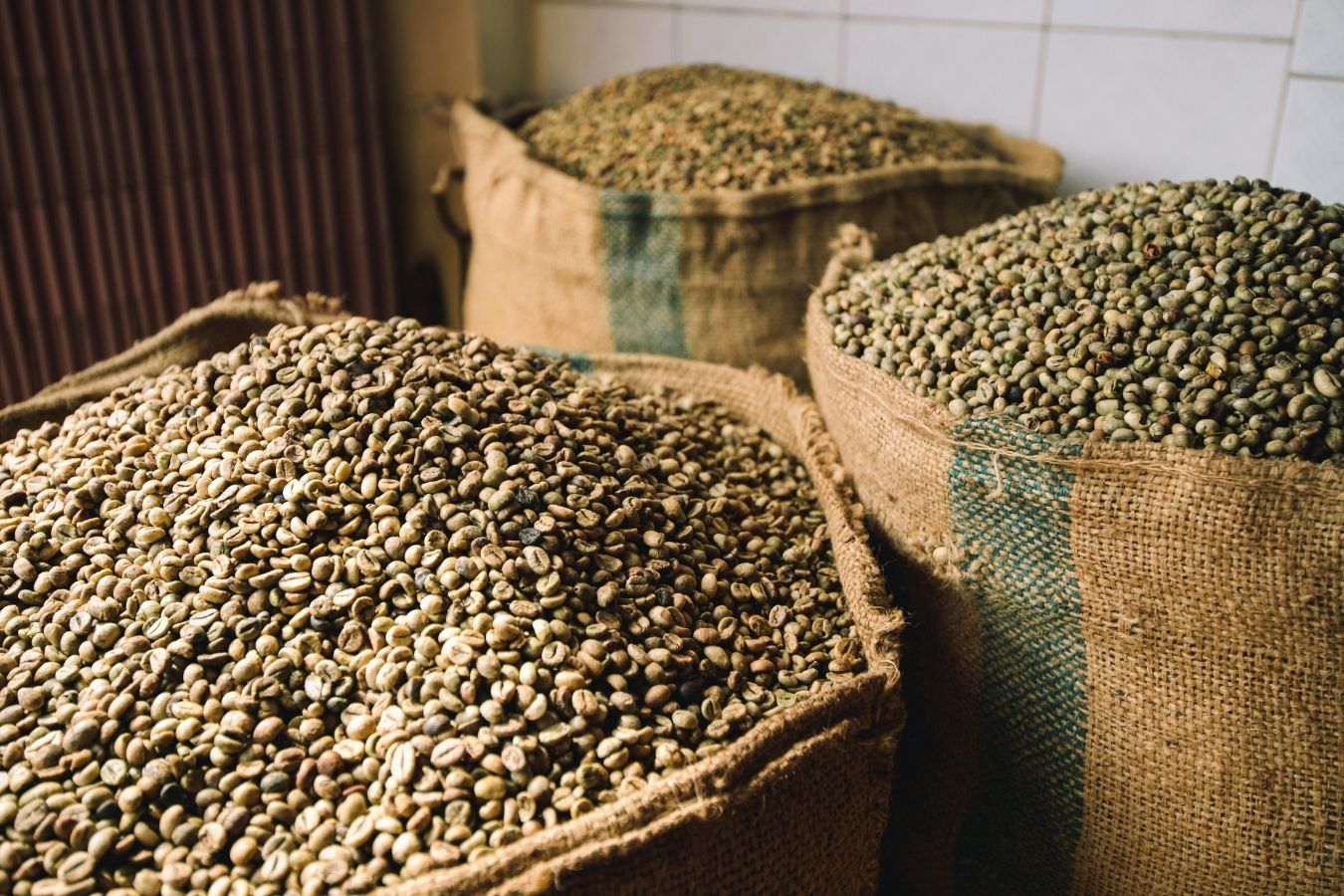
How To Pack Green Coffee Beans For Export According To International Standard Specifications?: We are packing coffee for export according to the correct standards!
In this article, Helena coffee Vietnam briefly discusses the packaging details for export coffee following the specifications. Explain some standard units used in import and export. Let’s go deeper with us.
Explain the unit FEET, INCH for packing coffee export coffee
Do you often hear people use feet and inches when referring to container sizes? So, before learning the details of the dimensions of 20 feet, 40 feet or 45 feet containers, Helena will help you understand these units of measurement!
The feet (or feet, symbol ft, often denoted by a single comma) is a standard international unit of measurement, especially in Great Britain and the United States. Although in Vietnam, the metric unit is mainly used.
However, when it comes to container size, it still has to comply with international standards because it is also very closely related to the regulations on the height of the container truck, the size inside the container or the method of loading in the container!
Accordingly, 1 foot will equal 0.3048 meters or about 30.48 centimetres. (For the sake of visualization, imagine 1 foot would correspond to the length of a European American foot.)
And inch stands for in (or denoted by a double comma at the top). Also a common international unit of measurement in the world. 1 foot = 12 inches. Thus, each inch will have a length of 0.0254 meters, equivalent to 2.54 cm, about an adult knuckle.
Types of containers according to export coffee and coffee packaging standards
According to ISO standards, there are currently three sizes of containers: 20 feet, 40 feet and 45′ containers. Depending on the type of your goods, choose the appropriate type of container. The following are the container’s tare dimensions:
- 20 feet container: 6,060m long; 2,440m wide; 2,590m high
- 40 feet container: 12,190m long; 2,440m wide; 2,590m high
- 45 feet container : Length 13.716m; 2,500m wide; 2,896m high

Preserve and pack export coffee according to standard specifications
To best preserve coffee, partners should use bags containing green coffee. Green coffee for export is packed according to the following specifications: 1 load of 60 kg (net). With a 20-foot container containing 19.2 tons of coffee
With the above information about standard export coffee packaging, Helena coffee wants to help partners understand more about the export coffee industry.
If your partner wants to find a leading supplier of export coffee in Vietnam, please fill in more information in the table below so we can contact you.
Common green coffee packaging bags
Here are the common packing ways to pack green coffee:
Moisture-proof Big Bag with Thick Liner – 1 m³ (90x90x110cm)
Moisture-resistant bulk bag, perfect for all granular substances, including coffee. This liner bulk bag has inside dimensions of 90 x 90 x 110 centimetres and a safe working load (SWL) of 1,500 kg.
Equipped with a liner (PE liner) within the bag, it suits fine-grained and powdery materials and prevents the leakage of oil-soaked construction materials.
For optimal protection of your coffee, the bag’s top skirt with string may be entirely opened while filling and closed afterwards.

Jute Bags/ Burlap Bags
What is a jute sack for coffee packing?
Old jute sacks are woven from all-natural jute fibres due to their long, flexible and durable fibres specializing in curing concrete in construction works to help not crack and keep concrete with sure moisture.
They are dehumidifying to store agricultural products for storage, packing agricultural products for export, not getting mouldy, and improving product quality.
Jute bag size
Usually the size is 70cm x 110cm. Products with weight from 600g to 700g/piece.

Advantages of hemp sacks?
Old jute bags (thorn sacks) are not only convenient but also very cheap. Therefore, it is very loved and favoured in the market. Made from 100% cotton and natural fabrics, it is biodegradable and environmentally friendly.
- The price is low and suitable.
- High strength, durable, not easy to rot
- Multi-application in many different activities and fields.
- Wide variety of sizes to serve many different purposes.
- Large sacks for curing concrete.
How should exported coffee be preserved?
Coffee, whether sold domestically or exported, still needs to be preserved to prevent spoilage. Preservation mainly focuses on the following factors.
Humidity
Humidity is a top factor that needs to be taken care of. The standard moisture content for each type of coffee has been mentioned above. Coffee beans should not have too low or too high moisture content.
If the humidity is too low, the coffee quality and flavour will not be guaranteed. While for too high humidity, it is easy to be damaged, mould, and coffee is also degraded.
For powdered or dried coffee with high hygroscopic properties, production facilities and distribution businesses must pay more attention to this moisture issue. Without good packaging and isolation, the internal moisture of coffee will be affected by
Preserving and storing coffee requires a moisture meter, a dehumidifier, a desiccant package, and a moisture-proof wire. These devices support a lot of moisture resistance for coffee.
It should also be noted that exporting and storing coffee for a long time can make the coffee wet. Therefore, it is necessary to perform good monitoring of coffee when transporting and storing it.
Although the desiccant bag has a good dehumidification effect, it is still essential to check the status of the coffee regularly.
Atmosphere
Limiting coffee exposure to the air is also essential. The longer the air is exposed, the easier it is for the coffee to oxidize and change its flavour.
For this reason, coffee needs to be carefully packed in the export standard. If necessary, additional oxygen reduction packages can be used to limit oxidation.
It is best to use bags with good permeability to pack coffee. Businesses also need to calculate the amount of residual air to choose the right size of oxygen absorber package.